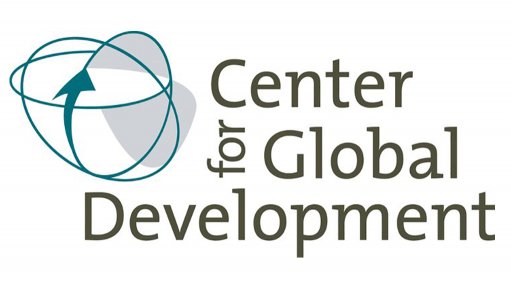
Though progress has been made in improving women’s health and girls’ access to education, economic gender gaps have been much slower to close, with an estimated 250+ years until the world reaches economic gender parity (World Economic Forum, 2020). Globally, women are less likely to participate in the labor force, and the positions they do hold are more likely to be informal, part-time, and low-paid. Where data is available, it tells us that women continue to lag behind men in what they earn (ILO, 2018). Gender pay gaps are the symptom of larger inequalities and discrimination—with gaps worsening along the lines of race, ethnicity, and other demographic characteristics.
Closing the gender pay gap will benefit women, and may also bolster business performance, strengthening the global economy (Noland, Moran, and Kotschwar, 2016). Women’s lower earnings perpetuate gender inequality, decreasing their independence and bargaining power (Wodon and De le Briere, 2018). Evidence from a range of countries shows that increasing the share of household income controlled by women and increasing their ability to earn income independently also benefits women’s families, especially their children, by increasing investment in education, health, nutrition, and housing.
Report by the Centre for Global Development